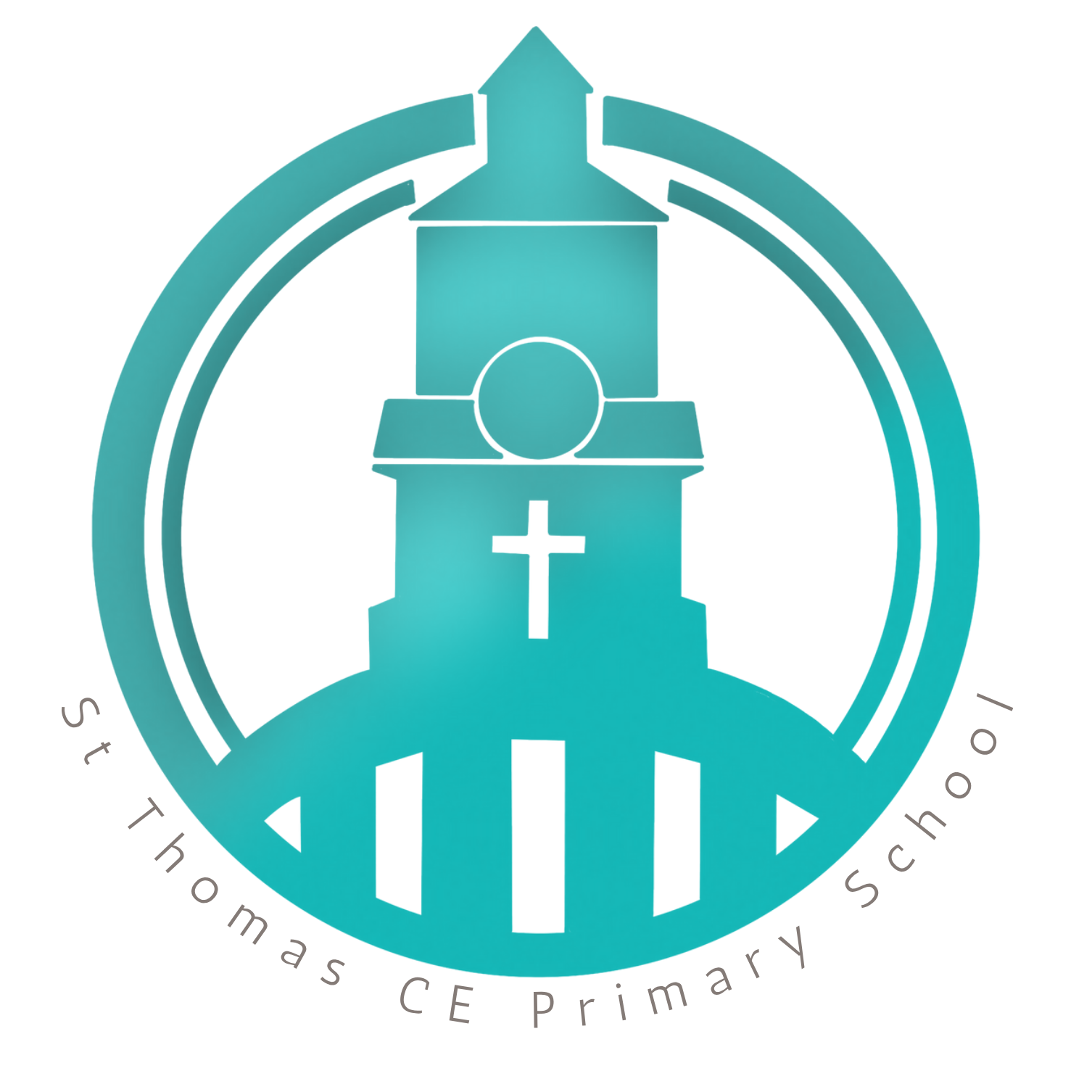Art & Design

Intent for Art & Design
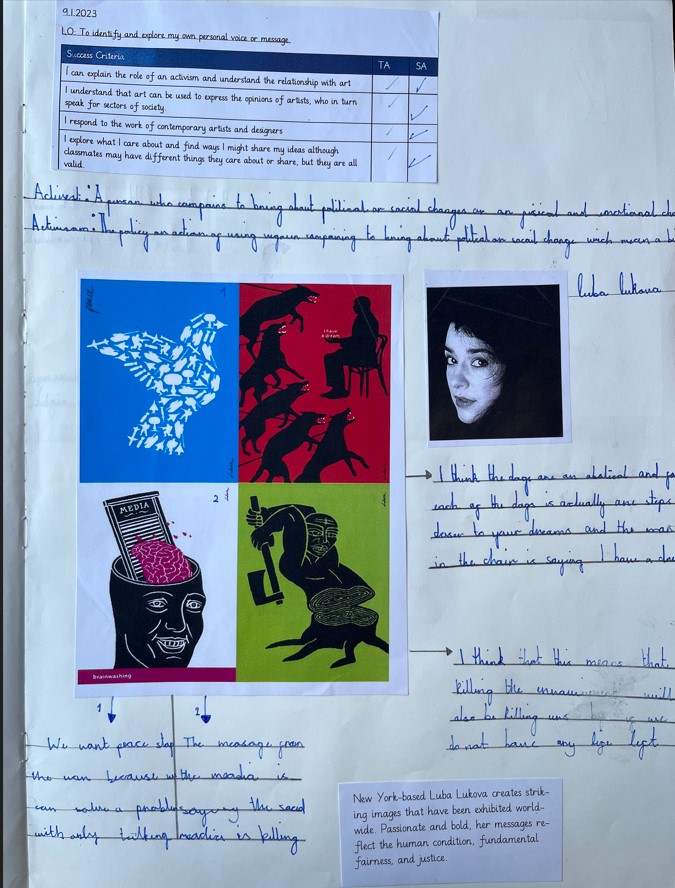
We use CUSP Art and Design due to their principles of evidence-led practice. This is to ensure that our pupils are equipped to successfully think, work and communicate like an artist.
Unapologetically ambitious, our art curriculum focusses on excellence in this subject through a myriad of media and incredible artists.
Our intention is unmissable; exceptional teaching instruction inspires pupils to acquire knowledge, as an artist, and enable them to skilfully attempt and apply their understanding.
The CUSP Art curriculum is organised into blocks with each block covering a particular set of artistic disciplines, including drawing, painting, printmaking, textiles, 3D and collage. Vertical progression in each discipline has been deliberately woven into the fabric of the curriculum so that pupils can revisit key disciplines throughout their primary journey at increasing degrees of challenge and complexity. In addition to the core knowledge required to be successful within each discipline, our curriculum outlines key aspects of artistic development in the Working Artistically section.
Each module focusses on developing different aspects of these competencies.
This supports teachers in understanding pupils’ development as artists more broadly, as well as how successfully they are acquiring the taught knowledge and skills.
At St Thomas CE Primary School, pupils are encouraged to think about WHY we teach art, to help build an understanding of why art and artists are relevant to society. This is achieved by selecting units of work that allow the children to explore a concept of art, along with various related artists from different periods of time, practising and developing skills using different media and finally applying their knowledge to create a final piece of work.
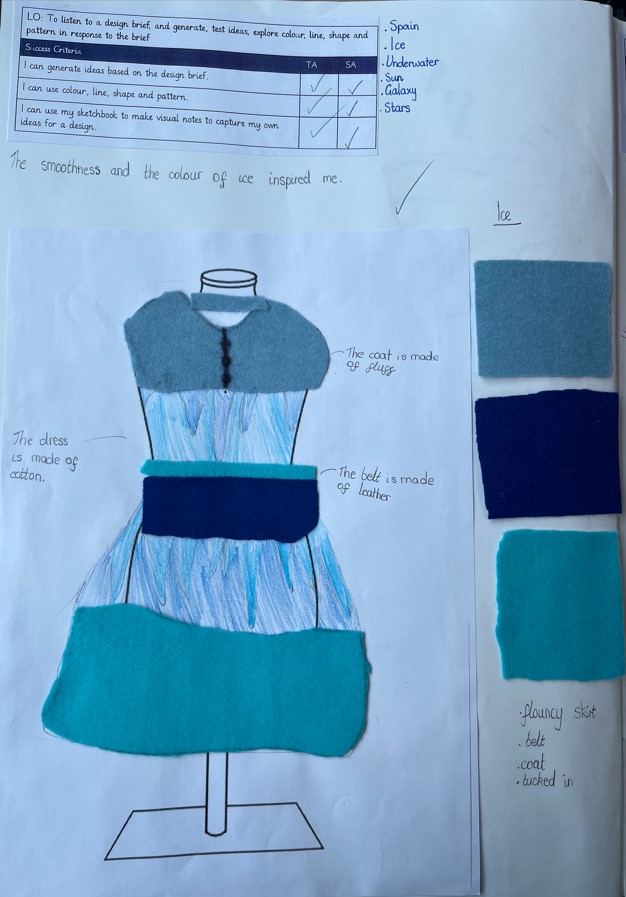
Implementation
Our curriculum map has been created based on the resources and lesson ideas from CUSP. It has been designed to ensure full coverage of the National Curriculum, to ensure learning is sequential throughout EYFS - Year 6 and to ensure the art skills learnt are progressive and build upon prior knowledge throughout each year group.
Children have the opportunity to develop their skills within the following art forms, across different scales, independently and collaboratively:
- Sketchbook work
- Drawing
- Painting
- Printing making and collage
- 3D sculptures
They also have opportunities to explore artwork created by famous artists, craftspeople, architects and designers from all cultures and times. This helps to generate discussions and questioning to inform their own ideas and preferences.
Our Art Curriculum includes a sequence of skeleton lesson plans, contextual reference materials, vocabulary modules focusing on language of emotion, explanatory videos and annotated exemplifications. CUSP exemplifications are used to support assessment of pupil outcomes and to support teachers in developing their own subject knowledge. Teachers are also provided with a list of materials and resources that they need to teach each block. Central to the learning modules are activities designed to develop pupils’ oracy and vocabulary skills to enable them to use artistic language meaningfully when talking about their work and the work of others.
Rather than ONLY teaching specific knowledge, we embrace a sense of exploration. Our teachers undertake a journey WITH the pupils. We model that exploration – we tell the children we are exploring and together, we discover and share what we learn.
Why does this work? Because that is the way many artists themselves work. Artists generally don’t know what it is they are going to discover or create through their work. Instead, they are open. They explore.
Each lesson follows the CUSP structure:
-
Connect: Consolidation of previous learning- prerequisites visited to ensure prior knowledge is embedded.
-
Vocabulary: Explicit teaching of unit vocabulary.
-
Explain: Explicit teaching of new knowledge.
-
Example: Live Modelling of new learning (I Do.)
-
Attempt: Guided Practice of new learning (We Do) – Check for understanding.
-
Apply: Independent application of new learning (You Do.)
-
Challenge: Opportunities for deepening their learning and scientific enquiry.
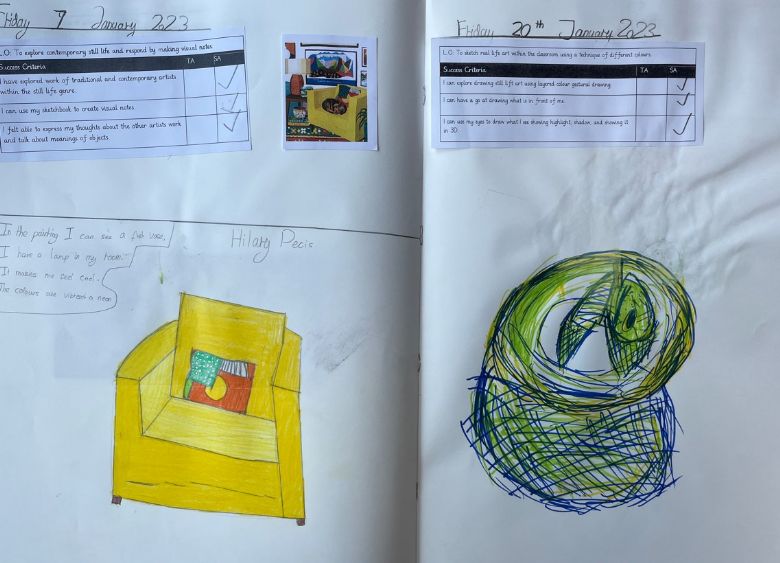
Impact
Throughout each topic, children’s work is evidenced in sketch books which show a wide variety of engaging activities and experiences to support their learning.
The following is used to assess pupils’ knowledge and application of artistic techniques and their understanding and use of artistic vocabulary:
• Expectations for each block are made explicit, e.g. At the end of this block, pupils will know marks can be made using a variety of drawing tools and will be able to select appropriate tools and make a range of marks.
• The Point of reflection section specifies the expected outcome for each lesson.
• The Questions for Assessment section in each block provides specific questions to be used by pupils to elicit their level of understanding of tools, techniques and effects, e.g. What happens if you change the size of the mark?
• The Oracy and Vocabulary tasks provide ample opportunities for teachers to evaluate pupils’ ability to: - use artistic language effectively; - explain artistic techniques and processes; - evaluate their own and others’ work.
• The vocabulary quiz provides an opportunity for teachers to assess pupils’ deeper understanding and application of artistic and technical vocabulary covered in the block.
• The exemplifications demonstrate the expected standard against which teachers can assess pupils’ work.
The best form of assessment in art is in-action, while pupils are working. This helps us to understand pupils’ development as artists, rather than their ability to produce a prescribed end outcome. By encouraging pupils to articulate their thinking and reflections, we can understand which aspects of artistic development they may require additional teaching in and reshape teaching to support this.
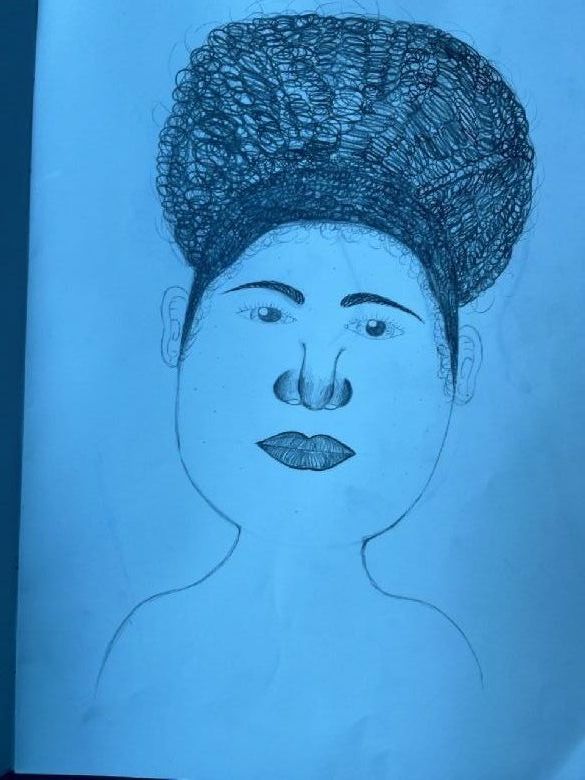
We feel it is important to take in consideration that art is too rich, broad, and complex to view in a simple linear fashion, as that means pupils are prevented from discovering their strengths and skills. An approach too fixated on learning endpoints, where a child progresses along a linear journey, are most often not conducive to enabling a child to fulfil their potential and are often governed by misplaced value judgements. Therefore, as art is subjective, our teachers are required to carefully think about the value judgements they might be bringing to the classroom. Widening our own perception of how broad the definition of “skills” might be.
Ultimately, we want our children to be inspired and express themselves freely, whilst drawing on the knowledge and skills they are taught throughout each lesson.

